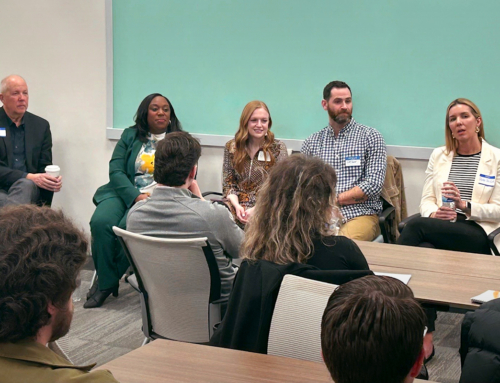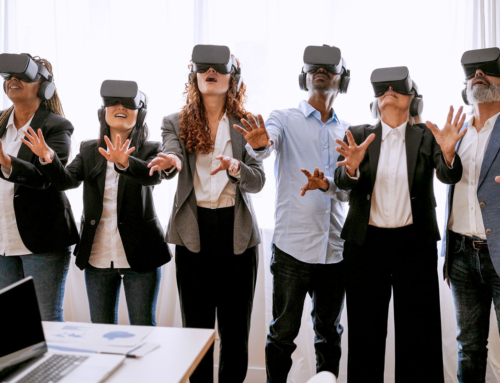Possibly jetlagged but caffeinated, you’ve arrived in the exhibition hall and are in the throes of tearing open shipments and setting up your organization’s booth. It’s almost showtime!
As mentioned in part 1 of this series, the most important task for marketers at a trade show is to obtain high-quality, actionable information for the organization. Once you’ve arrived, here’s what you can do at the trade show so your organization’s strategy sings:
Connect with media
Hopefully you’re on a first-name basis with the show organizer(s) from the months of preparation and communication and have insight as to what outlets will be covering the event. If those outlets represent desirable earned media placements, shoot those contacts a note before your plane touches down at the airport and try to secure a time to meet.
Engaging with media at a trade show is most strategic if the company is launching a new product, you have a subject matter expert (SME) present and available for an interview (or they are speaking in a general session that you wish to have covered), or you have a different pitch that is relevant to the event and would be educational for their readers. Don’t have hard news or even a hot angle to pitch? Make a point to introduce yourself and start a relationship for potential collaboration is time well-spent.
Engage with attendees live (but still take advantage of the in-booth technology)
Sure, why wouldn’t you engage with attendees at some point during the trade show? Well, you’d might be surprised how many exhibitors and attendees have their eyes glued to their phones — responding to emails, checking on things back at the office, using the conference app, or even obsessively looking for media replies (see above).
With more trade shows embracing and offering lead capture technology as a value-add for exhibitors, that screen-staring is compounded. Exhibitors may fumble through a conversation with an attendee while trying to scan a name badge or distractedly type in inaccurate information. That choppiness could be detrimental to an otherwise engaging booth experience, and you don’t even have accurate information for follow-up.
While the in-booth technology is certainly worth taking the time to master before the exhibit hall opens, make sure it doesn’t dull the sharpness of your sales team. Lead capture technology can be customizable, easy-to-learn, and capture consistent, accurate data for attendees (hello, high-quality, actionable information!). It sure beats the hours spent show trying to decipher illegible notes scrawled on the back of business cards and not knowing what to do with a maybe-qualified lead.
Don’t forget, it’s imperative to get out of your own booth and walk the show! Check out your competition and see the show through the eyes of attendees.
Train the team, and huddle daily
Say that your sales team of five people is able to interact with one trade show attendee every ten minutes, for 12 hours of being on the floor. That’s 360 attendees reached in one day. Even if only a quarter of those 360 attendees wind up as qualified leads, that’s gold for a sales team! That means your sales team needs to be set up for success, no matter the quantity of people they talk to. Set expectations and timing for even the simplest things (booth arrival, specific startup or booth-closing tasks, etc.). Remind your team to keep conversations moving and close them when they need to. Make sure they have enough coffee, too, as they’ll sure need that on that third or fourth day.
Finally, even if it’s a final team dinner before everyone heads back home, make sure you reward everyone for the hard work and many hours put in at the event. Who knows, it may be the only couple hours you get to spend outside the exhibit hall.
This blog post is the second installment in a three-part series. Don’t miss part 1, “Rock this trade show season: Before show basics,” and part 3, “Rock this trade show season: After show glow.”








